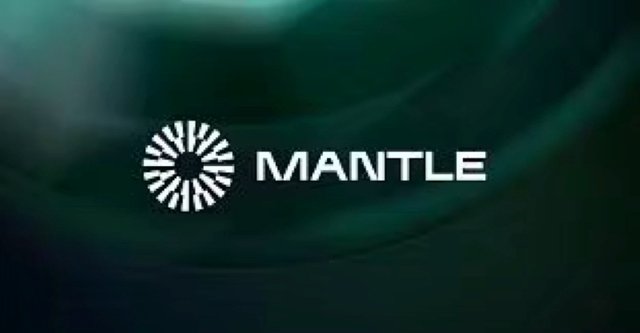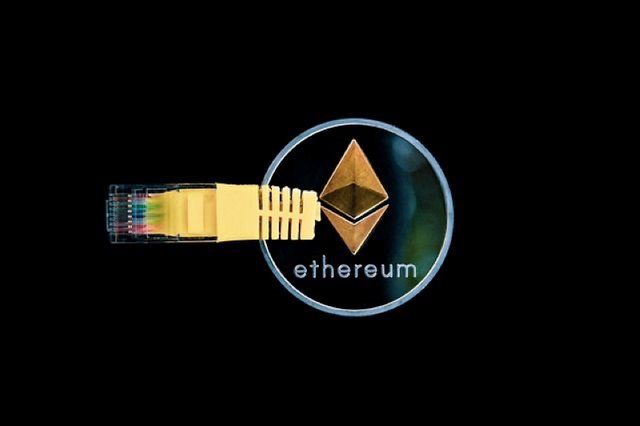
The altcoin world is constantly changing. It seems like each week, there is a new coin on the list of altcoins, and it is rising in popularity. However, it can be dangerous to invest in altcoins without some background knowledge.
A coin that has recently begun to rise in popularity is Mantle, abbreviated (MNT), and it made it to the top 50 cryptocurrencies by volume In August 2023. But what is Mantle? And is it safe to invest in?
Read on to learn more.

What is Mantle (MNT)?
Mantle is a layer two solution for the Ethereum platform. It was designed to be similar to the lightning network on Bitcoin, as it bundles transactions together, executing them off-chain while still using the main chain to verify the transaction.
Mantle was designed for the purpose of speeding up the transaction time on the Ethereum platform while also saving users money on gas fees, which have had a recent spike in price as Ethereum has grown more popular.
Mantle is still in development, but the future plans for the blockchain include using its technology for staking, investing via hedge fund technology, and game consortium.
It’s important to note that there is also a Canadian cybersecurity and BaaS firm by the name of Mantle, this article, though, is about the cryptocurrency and blockchain platform.
Mantle, the cryptocurrency platform, was launched in July 2023, after a 6-month test period which proved to be hugely successful. During their test period, Mantle processed over 14 million transactions and deployed 140,000 smart contracts.
Related: What is Optimism? Ethereum Layer 2 Solutions
How Does Mantle Work?
Mantle works by combining the capabilities of optimistic roll-up technology with EigenDA technology to create a solution that can bundle transactions off-chain while still verifying them on-chain. Users of Mantle can enjoy using the benefits of Ethereum’s mainnet without having to pay the high gas fees or wait for long transaction times.
In order to use the Mantle Ecosystem, you will need to purchase the native token MNT to pay the local gas fees. MNT is both a utility and a governance token. In the future, the Mantle Ecosystem will be available on Ethereum’s Eigenlayer for advanced staking capabilities.
Related: The Ethereum EigenLayer: Ethereum Restaking Protocol
Who Created Mantle (MNT)?
Mantle is one of the many projects created by BitDao, a company created with the goal of increasing decentralization in technology. The company began with a $230 million dollar investment from a variety of companies in 2021.
A quick review of the BitDao website reveals little of who is behind this project. BitDao is governed by the holders of the BIT token, meaning it is truly decentralized, and there is no typical CEO or director. In fact, it isn’t registered as a company and is rather a forum focused on blockchain development. Holders of the BIT token can vote on changes to the blockchain as well as to the Mantle project.
Of course, this organization has to have founders, and it was reportedly created by Ben Zhou and Daniel Yan, the creators of Bybit. They have not publicly disclosed themselves as the founder of this company, however, and it is unclear if they are still involved in its development.

Is the Mantle Blockchain Safe?
Mantle is a decentralized blockchain, meaning there is no company overlooking its security. It does, however, have a few different forms of software security built in to keep it safe.
Mantle uses fraud proofs within the blockchain to prevent users from sending fake transactions or trying to double transact. Any nodes found trying to execute fake transactions will be punished and possibly removed from the chain.
Mantle regularly hosts hack-a-thons during which hackers are encouraged to try and breach the security mechanisms of the blockchain in order to test their security.
Should You Invest in Mantle?
Mantle, like the BitDao company behind it, is a collection of great minds looking to create a project. An investment in MNT will give the holder governance tokens, allowing them to be part of the decision-making process for the blockchain.
That being said, we strongly suggest that an investment in MNT should only be made if you plan to use the blockchain or have a vested interest in the technology. MNT is completely decentralized, and therefore there are no protections in place if the technology doesn’t work as promised or if it ends up not being desired by potential users.
Those new to the cryptocurrency world should definitely avoid buying MNT unless they plan to use it, and instead stick to more proven projects like Ethereum and Bitcoin.
There is an upside in an MNT investment, however, and that is that it is truly decentralized. If you want to promote decentralization in finance and tech, you could do a lot worse than an MNT investment.
That being said, we can’t say for sure that MNT isn’t a scam, and when it comes to cryptocurrencies, this is one of the biggest risk factors. It is recommended to think long and hard about an investment in Mantle before putting your money on the line. It is also recommended to seek financial advice from someone you trust to ensure you are making the right decision.
We also want to point out that Mantle launched mid-July 2023 and was already one of the top 50 cryptocurrencies on CoinMarketCap by August 4th, 2023—meaning it is already popular, and there could be some significant use for the technology—something which can’t be said for all new altcoins.
Where Can You Buy Mantle?
Mantle is still a newer cryptocurrency and isn’t available on all exchanges just yet. As of the writing of this article, you can purchase Mantle on Bybit and MEXC.
Overall, Mantle is one of many Ethereum layer-2 solutions that looks to be a promising solution to Ethereum’s high gas fees and slower transaction times, however, it is a new project, and it is not clear yet if it will rise to be prominent among users. It will be interesting to see how the Mantle project continues to develop in the future!
You May Also Enjoy: Ethereum Layer Two Solutions: Temporary Salvation?
This article was brought to you by the Bitcoin Sports Betting on MintDice. Originally posted to MintDice.com.